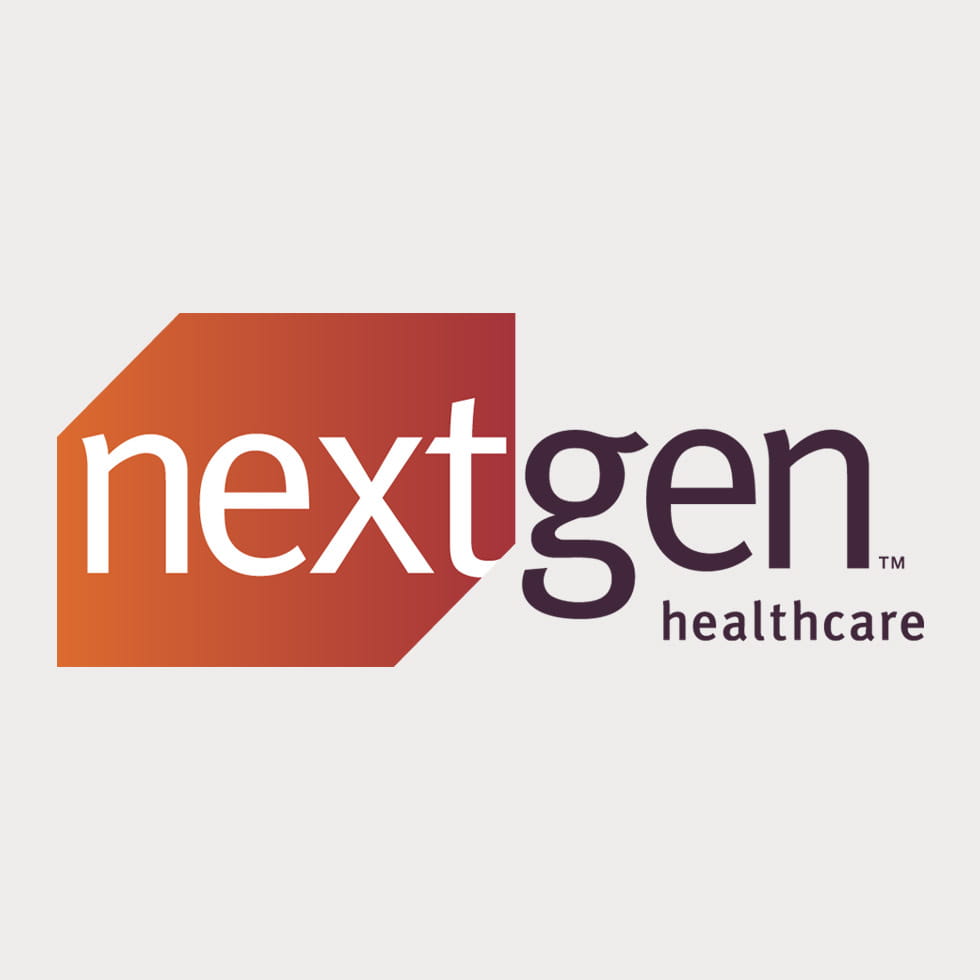In my role as a board member of the New England Chapter of the Health Information Management and Services Society, Inc., NE HIMSS, I facilitated a webinar discussion on the impact of the new 21st Century Cures Act on the Healthcare Industry. Because I also Chair the Health Information Exchange Committee on the Board, we asked two industry experts to reflect on the law broadly, but also in the context of specific implications for Health Information Exchange. Not surprisingly, some important insights emerged.
With 21st Century Cures comes a slew of compliance changes for providers and payers to follow. The importance of these changes is laid bear with the COVID-19 pandemic, and the challenges stakeholders still face with exchanging crucial health data. Fast access to aggregated data from across a community of care givers is one of the ways HIEs will help providers meet the requirements. However, real innovation can also be fostered when this aggregated data set is made more easily available to those trying to quickly bring creative solutions to market. Helping patients and providers better manage plans of care or improve access to care with virtual interaction solutions is another goal of improved interoperability.
Using an HIE can alleviate some of the burden on providers to consolidate clinical data themselves. It also facilitates meeting the responsibility of providing this information to public health agencies. As a public health intermediary, HIEs help streamline the dissemination of crucial information making it easily accessible. This reduces the number of data sources emergency responders or public health agencies would need to connect with to maintain a comprehensive view of diagnostic trends.
Further enriching the exchange environment through 21st Century Cures, in January 2021, health insurance claims data must be shareable with patients using Fast Healthcare Interoperability Resources (FHIR)-based application programming interfaces (API) either directly or via third party apps. This will help patients be the arbiters of their own health data, but also opens another avenue for HIEs to provide valuable services to their communities by assisting payers to meet sharing requirements.
Change is coming fast in the healthcare ecosystem and every stakeholder needs to consider how the make the most of the resources available to them to accomplish their goals. HIEs represent a valuable resource not only to improve health outcomes and the efficiency of care delivery, but also as a partner for regulatory compliance. All stakeholders should be refining their plans for meeting 21st Century Cures regulations with the service options of their local HIEs in mind.
For more information about HIE effects on interoperability, join us here to register for part two of the webinar series, “Leading Through Change: How the Nation’s Leading HIEs are Delivering Value in a Rapidly Changing HIT Landscape” on Tuesday, July 14, 2020 hosted by the New England chapter of HIMSS. In the upcoming event you’ll hear two of the country’s leading HIEs describe how they are innovating and delivering meaningful value to their constituents in our rapidly changing regulatory environment.





